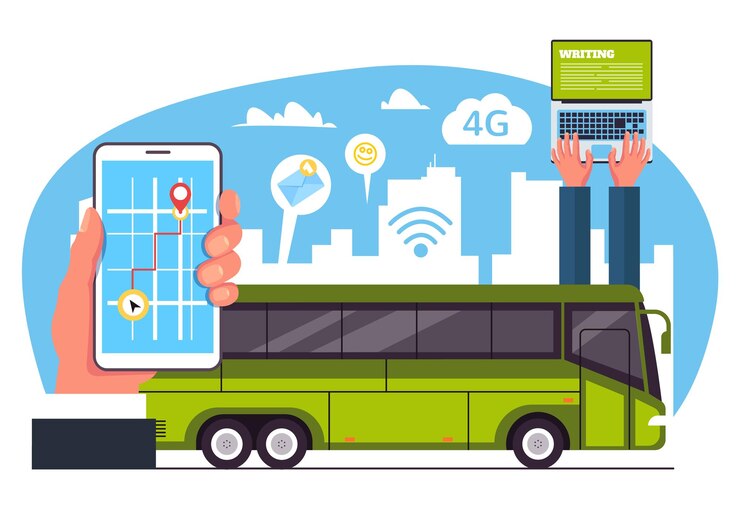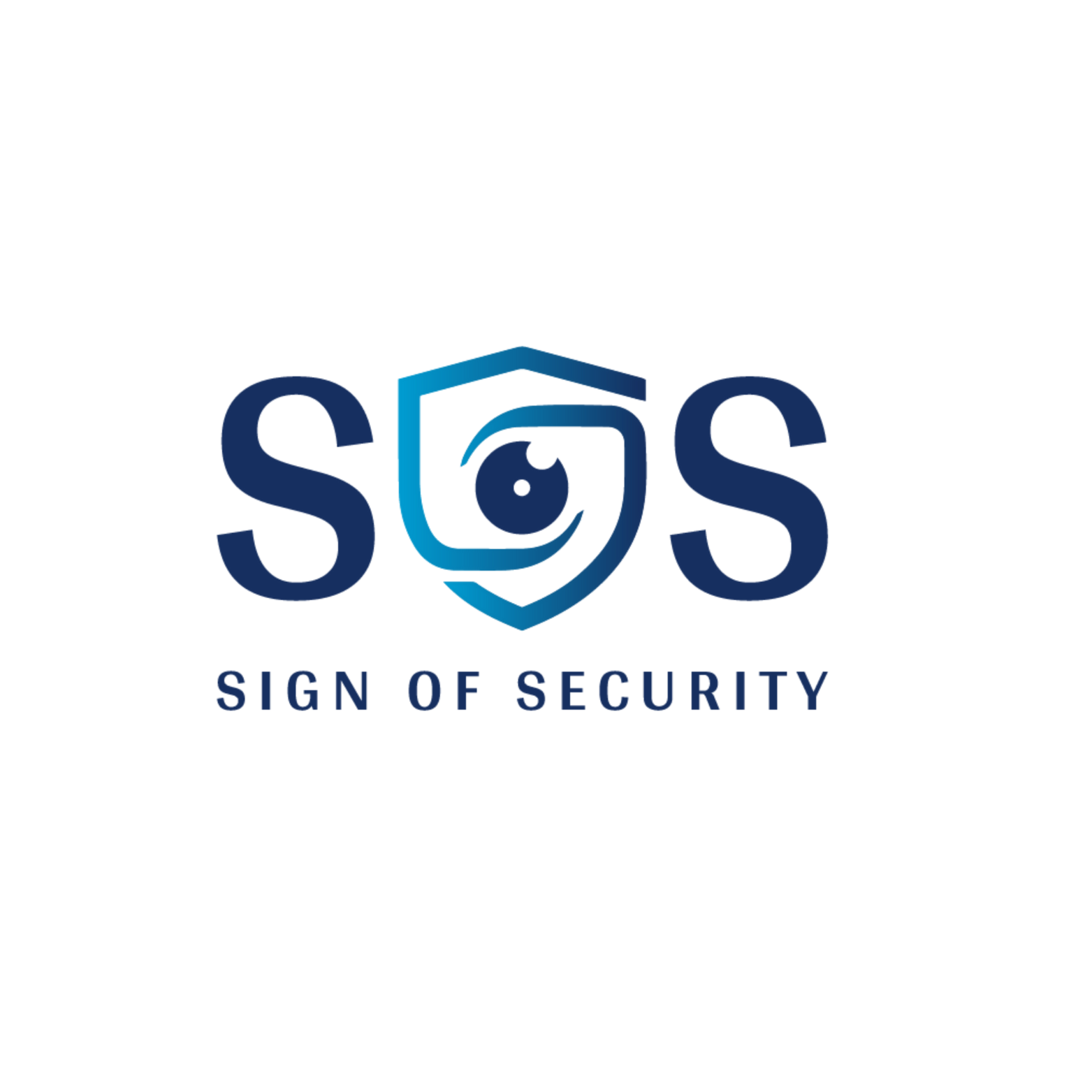In the highly competitive world of app development, user experience (UX) and user-friendly design are paramount for the success of any mobile application. This is especially true for a bus ticket booking app, where users expect easy navigation, quick response times, and a seamless booking process. Investing in a user-friendly design is essential for boosting user engagement, reducing churn rates, and increasing your app’s overall profitability.
In this article, we’ll explore why a bus ticket booking app development requires a user-friendly design, the key benefits it brings, and what elements can make the interface more intuitive and efficient for users. Let’s dive in.
1. The Importance of User-Friendly Design in Bus Ticket Booking App Development
When it comes to bus ticket booking app development, the design must be straightforward and intuitive. Users don’t want to waste time figuring out how to make a booking or access important information like bus timings, pricing, or seat availability. An effective design should remove complexity, ensuring that anyone using the app—whether tech-savvy or not—can book tickets without confusion.
User-friendly design in bus ticket booking apps is not only beneficial to the end user but also plays a role in enhancing brand loyalty. When users find the app easy to use, they are more likely to return and recommend it to others. Therefore, investing in a seamless and intuitive interface can increase downloads, improve ratings, and attract a wider user base.
2. How User-Friendly Design Improves Customer Experience and Retention
In an industry where users have multiple options, your app’s design can be a decisive factor in retaining customers. Let’s look at how a user-friendly interface impacts the overall user experience:
a. Simplified Onboarding Process
A complex or lengthy onboarding process can be frustrating and lead to users abandoning the app. For a bus ticket booking app, the onboarding should be quick and to the point, requiring minimal input from the user. Features like social media login, quick tutorials, and an easy-to-follow layout can significantly enhance the onboarding experience.
b. Intuitive Navigation
Navigation is one of the most crucial aspects of any mobile app. Users should be able to locate key features like bus schedules, booking details, and payment options quickly. Designing a well-organized menu structure and incorporating search and filter options ensure that users can navigate seamlessly, enhancing the overall experience.
c. Faster Checkout Process
A complicated booking process can be a deterrent for many users. Ensure that the checkout process is simplified, with clear prompts and only essential steps required. The faster the booking and payment process, the more likely users are to complete their purchase.
d. Consistent User Interface (UI)
Consistency in design elements—such as fonts, color schemes, and button placements—helps users develop familiarity with the app. This makes them more comfortable navigating the platform, leading to higher user retention and a smoother customer journey.
3. Key Design Elements for a User-Friendly Bus Ticket Booking App
An effective bus ticket booking app should incorporate several key design elements to optimize user experience. Below are some must-have features:
a. Clear and Concise Home Screen
The home screen is often the user’s first interaction with the app. A clutter-free, clear, and visually appealing layout that displays essential information, such as current location, preferred routes, and available buses, helps users quickly access what they need without navigating through multiple pages.
b. Personalized Recommendations
For a bus rental app, offering personalized recommendations based on the user’s previous bookings or common routes can enhance their experience and streamline the booking process. Personalized suggestions reduce the steps required for frequent bookings and create a sense of convenience for the user.
c. Real-Time Tracking and Updates
Adding features like real-time bus tracking, instant notifications, and live status updates on bus delays or changes can significantly enhance the user experience. These updates keep users informed and reduce their anxiety about missing the bus or waiting unnecessarily.
d. Secure and Easy Payment Options
Users want a seamless payment process, and including multiple payment options—such as credit cards, e-wallets, and net banking—can improve their experience. Ensure that the payment gateway is secure and offers a simple checkout to reduce cart abandonment.
4. Advantages of a User-Friendly Design for Your Bus Ticket Booking App’s Success
Implementing a user-friendly design isn’t just about aesthetics—it directly impacts your app’s performance and the overall business outcome. Here are some advantages that a user-friendly bus ticket booking app design offers:
a. Increased User Engagement
An intuitive interface allows users to complete tasks effortlessly, leading to more frequent use and increased user engagement. Happy users tend to explore more features, provide positive feedback, and recommend the app to others.
b. Higher Conversion Rates
A seamless design minimizes friction in the booking process, which leads to higher conversion rates. When users can easily find buses, view pricing, and complete bookings without hassle, they are more likely to complete the purchase, increasing the app’s revenue.
c. Competitive Edge
With numerous bus ticketing and bus rental apps available, standing out is essential. A well-designed app can differentiate your platform from competitors, helping it become the preferred choice for bus booking among users.
d. Reduced Customer Support Needs
A well-designed interface means fewer issues, reducing the need for users to reach out for customer support. This results in cost savings for the company and provides users with a frustration-free experience.
5. Tips for Designing a User-Friendly Bus Ticket Booking App
Here are some practical design tips to make your bus ticket booking app more user-friendly:
a. Prioritize Mobile Optimization
With the majority of users accessing ticket booking apps through mobile devices, ensuring that the app is mobile-friendly is crucial. Responsive design and optimization for different screen sizes will provide users with a consistent experience across devices.
b. Use Visual Cues and Icons
Using intuitive icons and visual cues helps users navigate the app without difficulty. Icons for buses, routes, and payment options make the layout more visually engaging and easier to understand.
c. Provide Multi-Language Support
If your app caters to a diverse audience, incorporating multi-language support can enhance accessibility, making it easier for users from different regions to use the app effectively.
d. Offer a Help Section or FAQs
Providing users with a dedicated help section or FAQs on common issues—such as payment processes, cancellation policies, and booking steps—can improve their experience by providing immediate assistance.
6. How User-Friendly Design Impacts App Reviews and Ratings
Positive user experience often translates into good reviews and ratings on app stores. High ratings not only attract more users but also improve the app’s ranking, making it more visible to potential users. A user-friendly design ensures that customers are more likely to leave positive feedback, which helps in building trust and credibility for your bus ticket booking app.
Conclusion: Elevating Your Bus Ticket Booking App Through User-Centric Design
In a competitive market, a user-friendly design can set your bus ticket booking app apart from others. By focusing on a seamless user experience, simplified navigation, and easy-to-understand features, you can significantly enhance user satisfaction, leading to higher engagement and conversion rates. Remember, the success of an app lies in how well it can cater to the user’s needs and preferences, making user-friendly design an essential part of your development process.
FAQs
Q1. Why is user-friendly design important in bus ticket booking app development?
User-friendly design ensures that users can quickly and easily complete tasks, such as booking tickets, viewing schedules, and making payments, which improves their overall experience and encourages return usage.
Q2. How can a user-friendly design impact customer retention?
A well-designed app reduces friction in the user journey, making it more enjoyable for customers. This leads to higher satisfaction and loyalty, encouraging them to use the app regularly and recommend it to others.
Q3. What key features should be included in a bus rental app for improved usability?
A bus rental app should feature an intuitive layout, easy booking options, real-time tracking, multiple payment methods, and quick customer support options to enhance usability.
Q4. How does a user-friendly design affect app ratings?
When users find an app easy to use, they are more likely to leave positive reviews and high ratings, which can improve the app’s visibility and attract more users.
Q5. Can a user-friendly design reduce the need for customer support?
Yes, a well-designed app minimizes common user issues, reducing the need for customer support and allowing users to find answers independently.




